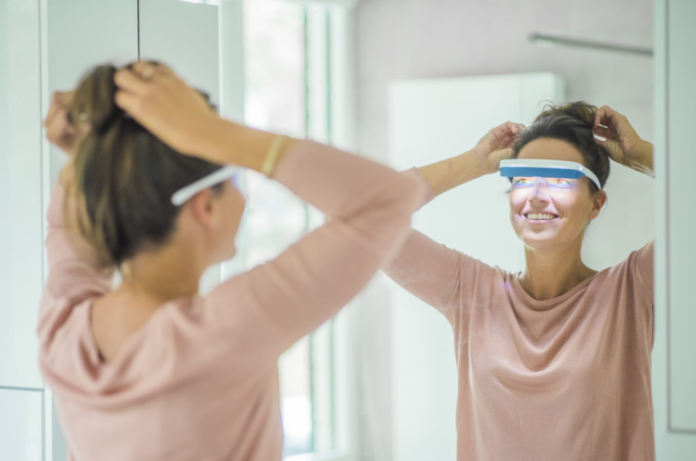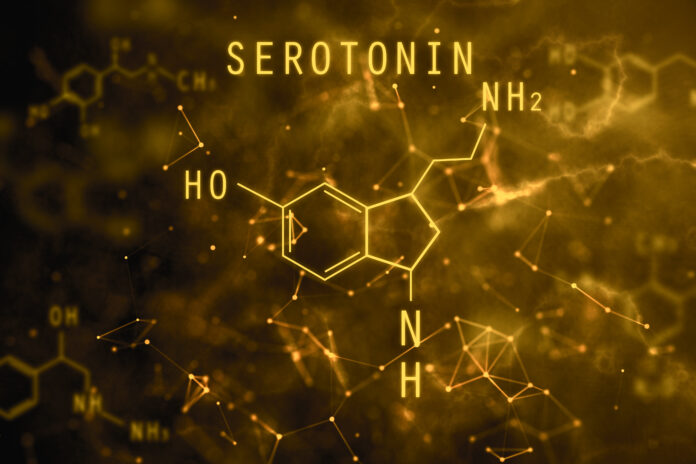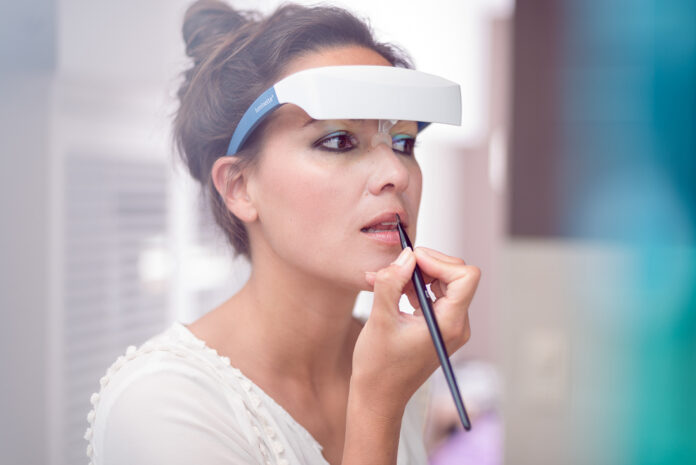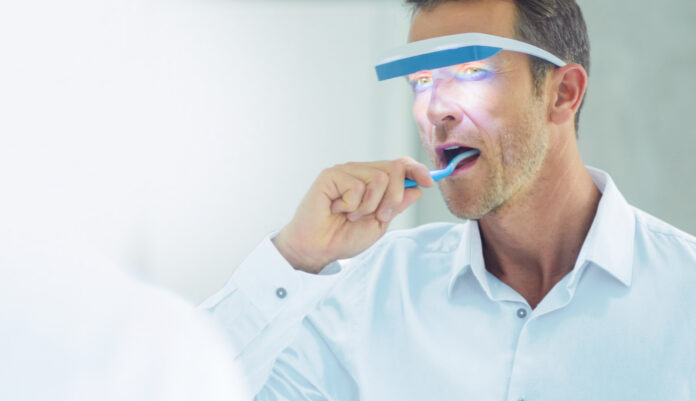Light therapy, which is also known as phototherapy, is a form of treatment that utilizes exposure to specific wavelengths of light to alleviate symptoms associated with depression, anxiety, and other related conditions, as well as to improve mood. This safe and non-invasive treatment option has gained popularity in recent years due to its effectiveness in treating a wide range of health conditions.
In this article, we will examine the principles behind, its advantages, the various types and how to perform it in the comfort of your own home. Additionally, we will evaluate an innovative solution known as Luminette glasses, and provide real-world accounts of successful light therapy treatment regimens.

Benefits of Light Therapy:
Before delving into the technicalities of how light therapy works, it is essential to acknowledge the advantages it offers. One of the main benefits is its ability to elevate mood and reduce symptoms of depression and anxiety. This is because therapy helps stimulate the production of the hormone serotonin, which is responsible for improving mood and increasing feelings of well-being. Also contributes to the regulation of the circadian rhythm, which controls our sleep-wake cycle.
It can help treat disorders such as seasonal affective disorder (SAD), insomnia, and jet lag. Research also shows that therapy can improve cognitive functions such as memory and concentration, as well as increase energy levels and enhance overall well-being.
Principles of Light Therapy:
The fundamentals involve the use of specific wavelengths of light that imitate natural sunlight to stimulate the body’s natural response to sunlight. This process helps regulate the body’s circadian rhythm and enhances serotonin levels. Serotonin, a neurotransmitter responsible for regulating emotions and mood, is essential to overall wellbeing.
Additionally, helps reduce the levels of melatonin, a hormone that governs sleep regulation, promoting healthy sleep patterns. The primary mechanism of action of light therapy is the stimulation of the body’s natural response to sunlight. The human body has a built-in circadian rhythm, which is the internal clock that regulates sleep-wake cycles and other physiological processes. Exposure to bright light in the morning and throughout the day helps to regulate the circadian rhythm, which in turn can improve mood, energy, and overall wellbeing.
Light therapy works by exposing the body to specific wavelengths of light that mimic the natural spectrum of sunlight. This light is typically in the blue or white range, and it is delivered at a specific intensity and duration. The light is absorbed by the body, which triggers a response in the brain that leads to the release of serotonin, a neurotransmitter that regulates mood, appetite, and sleep.

Types of Light Therapy:
Light therapy encompasses several distinct types, each serving a specific purpose. These include bright light therapy, dawn simulation, and blue light therapy. Bright light therapy involves exposure to a light box or lamp emitting a high intensity of light, often exceeding 10,000 lux. Dawn simulation replicates a natural sunrise by gradually increasing light intensity. Meanwhile, blue light therapy employs a specific wavelength of blue light to regulate the body’s circadian rhythm, with research demonstrating its efficacy in treating certain conditions.
Performing light therapy at home is easy and convenient. First, you need to select the right type of light source. Therapy requires a light box or lamp that emits 10,000 lux or higher. Dawn simulation can be achieved with a special alarm clock that simulates a natural sunrise. Blue light therapy can be performed with a specialized lamp or glasses.
Next, you need to determine the duration and timing of exposure. Bright light therapy typically requires 30-60 minutes of exposure per day, while dawn simulation should start 30 minutes before waking up. Blue light therapy can be performed for shorter durations, usually 15-30 minutes per day. It’s important to follow the manufacturer’s instructions for your specific source.
Finally, safety precautions should be taken when performing therapy. Do not look directly at the source, as this can damage your eyes. Keep the source at a safe distance and avoid using it for prolonged periods of time. If you have any concerns, consult with your healthcare provider.
Revolutionize Your Light Therapy Routine with Luminette Glasses: A Review of the Innovative Light Therapy Solution
For those who are looking for a more convenient and portable way to perform therapy, the Luminette glasses may be the solution. These glasses were designed to provide therapy to the user without the need for a stationary source. The glasses have a built-in light source that directs the light towards the user’s eyes, which is necessary for the therapy to be effective.
One of the main advantages of the Luminette glasses is their portability. Users can wear them while performing other activities such as reading, working, or exercising. This allows individuals to incorporate therapy into their daily routine without having to take time out of their busy schedules. The glasses are also discreet and can be worn in public without drawing too much attention.
Another advantage of the Luminette glasses is their ease of use. The glasses come with a rechargeable battery and can be adjusted to fit any head size. Users can choose between different intensity levels and duration times, depending on their individual needs. The glasses also have a timer function that will automatically turn off the device after the desired duration of therapy.
There are a few potential drawbacks to using Luminette glasses. Some users may find the glasses to be uncomfortable to wear, especially if they already wear glasses or have sensitive eyes. Additionally, the glasses are relatively expensive compared to other types devices, which may not be affordable for everyone.

Conclusion:
To conclude, provides a safe and effective treatment option for various health conditions, including seasonal affective disorder and mood disorders. The underlying principles of therapy revolve around using specific wavelengths of light to regulate the body’s natural circadian rhythms and enhance overall mood and wellness.
Different types are available, such as bright light therapy, dawn simulation, and blue light therapy, each with distinct therapeutic purposes. For convenient and portable therapy, individuals may opt for Luminette glasses. They offer a novel and innovative solution for those seeking to incorporate therapy into their daily routine.
However, it is essential to consult a healthcare provider before beginning any therapy regimen, ensuring safety and suitability for individual needs. With appropriate usage and guidance, can significantly improve mood, ease depression and anxiety symptoms, and promote overall health and wellbeing.









